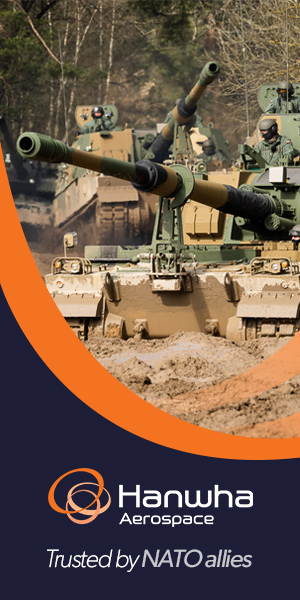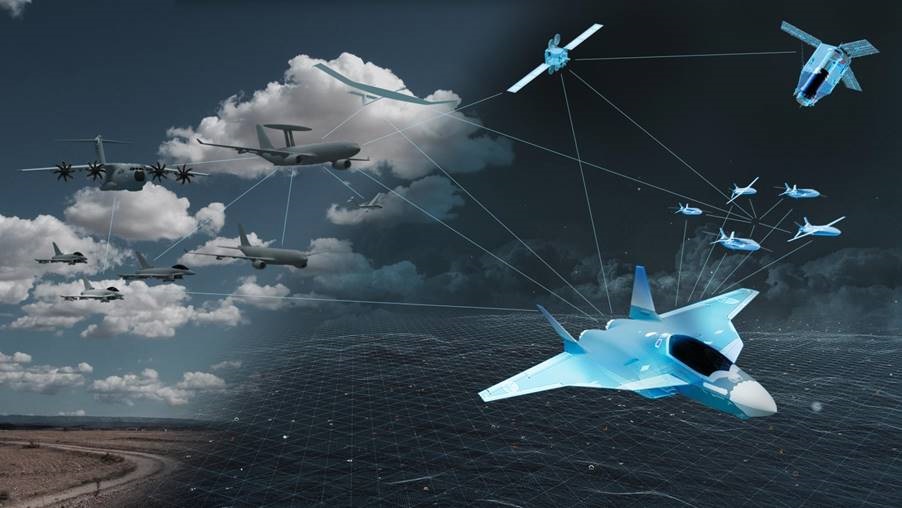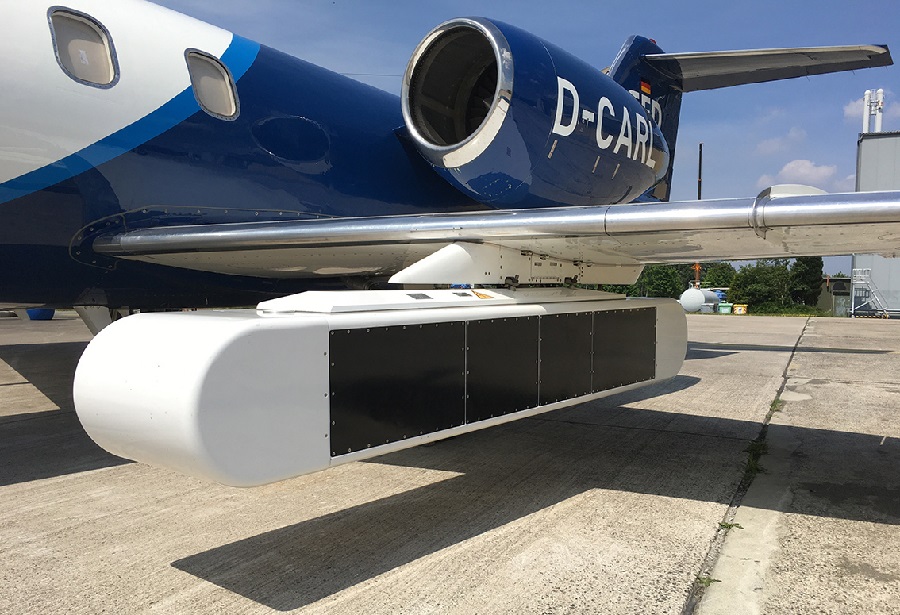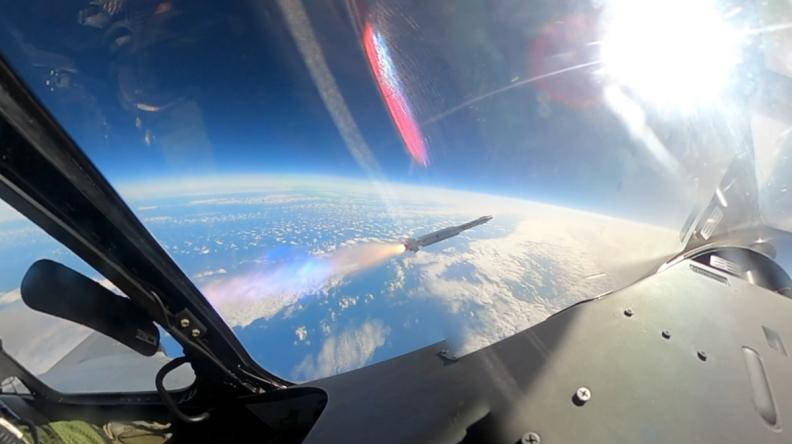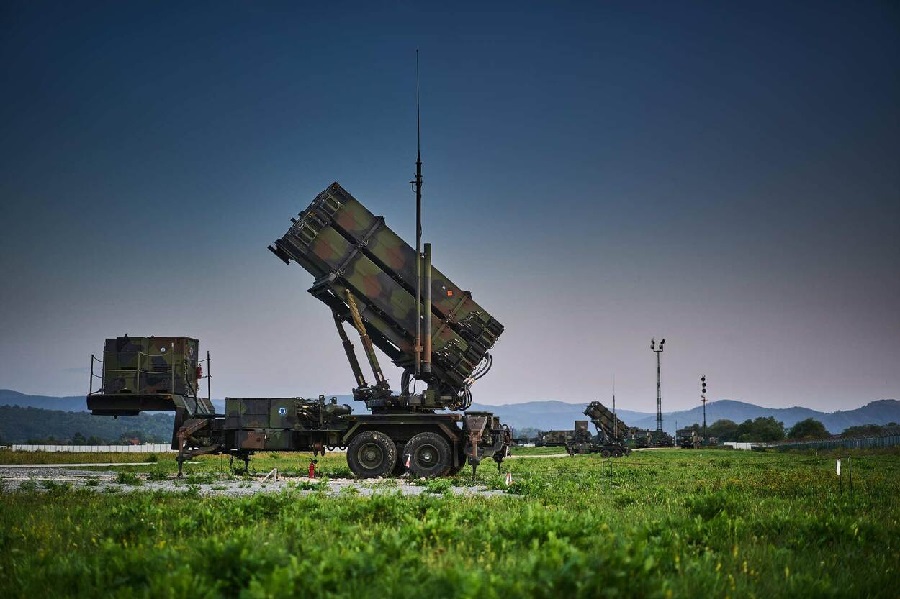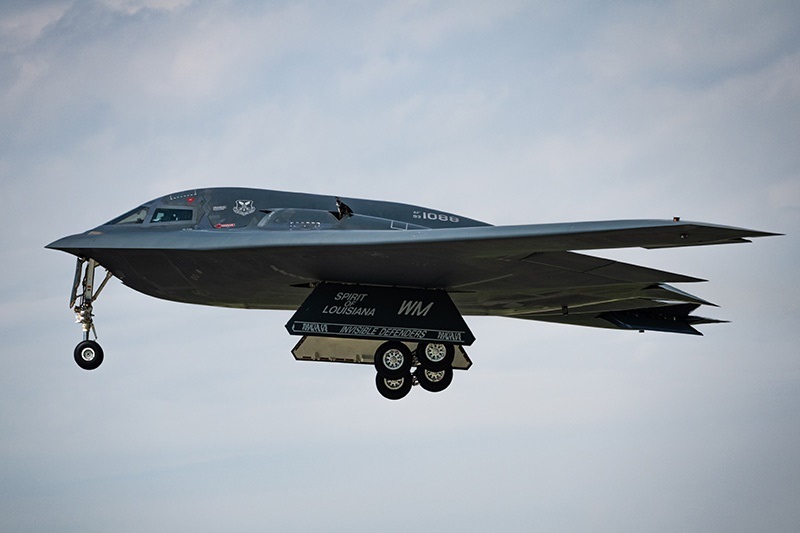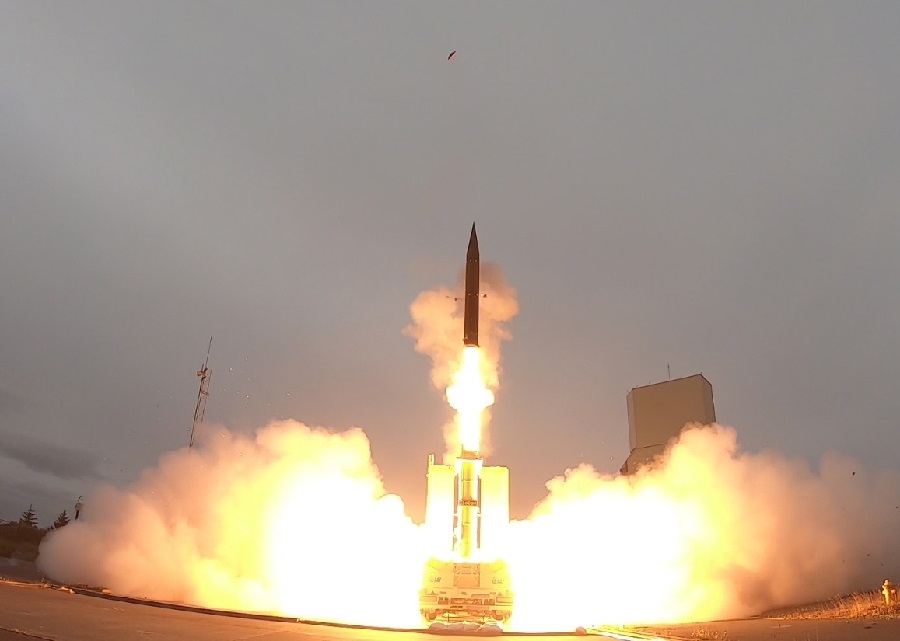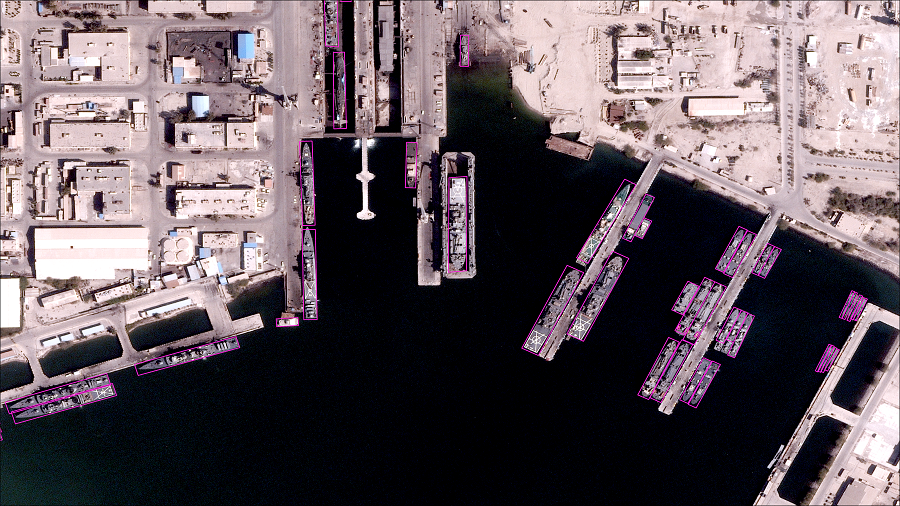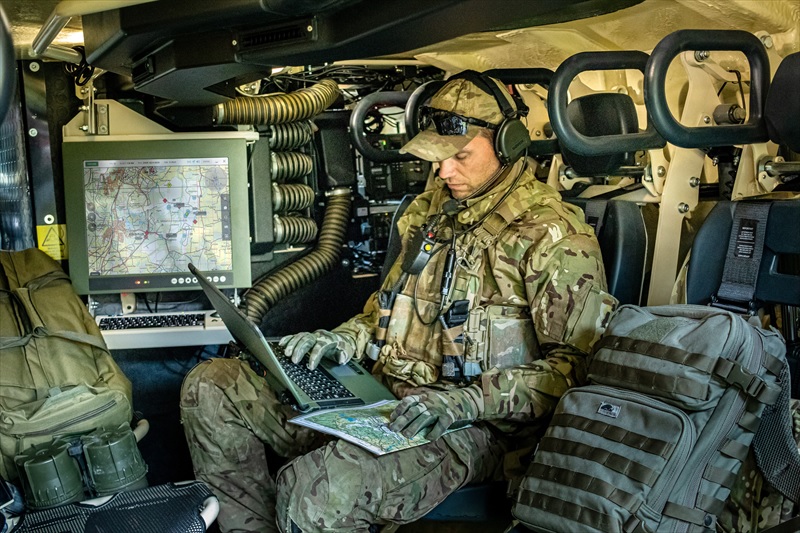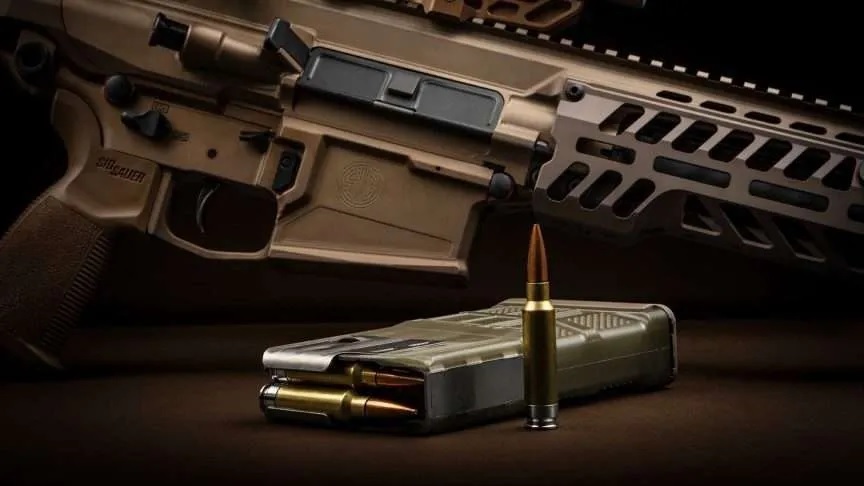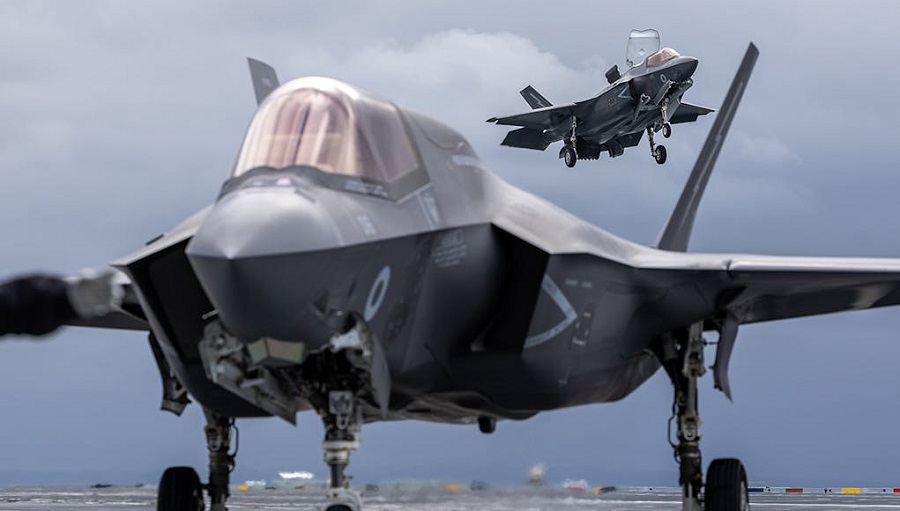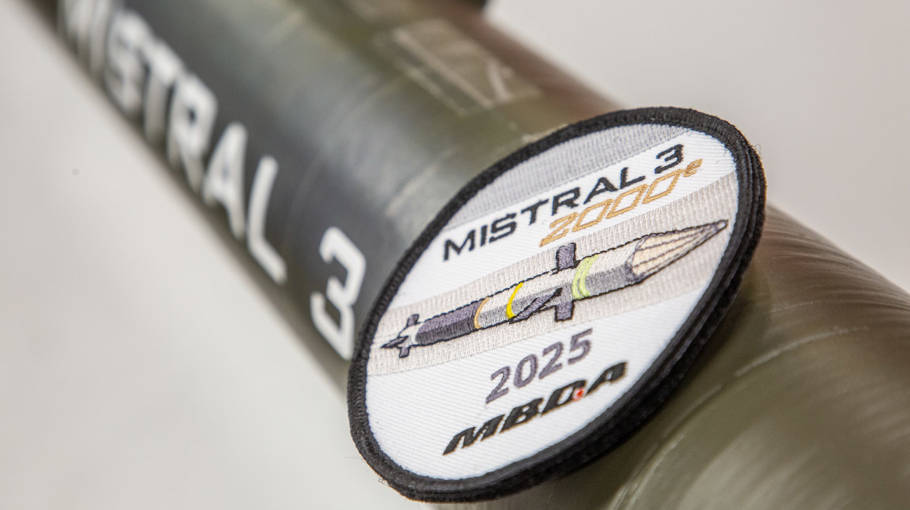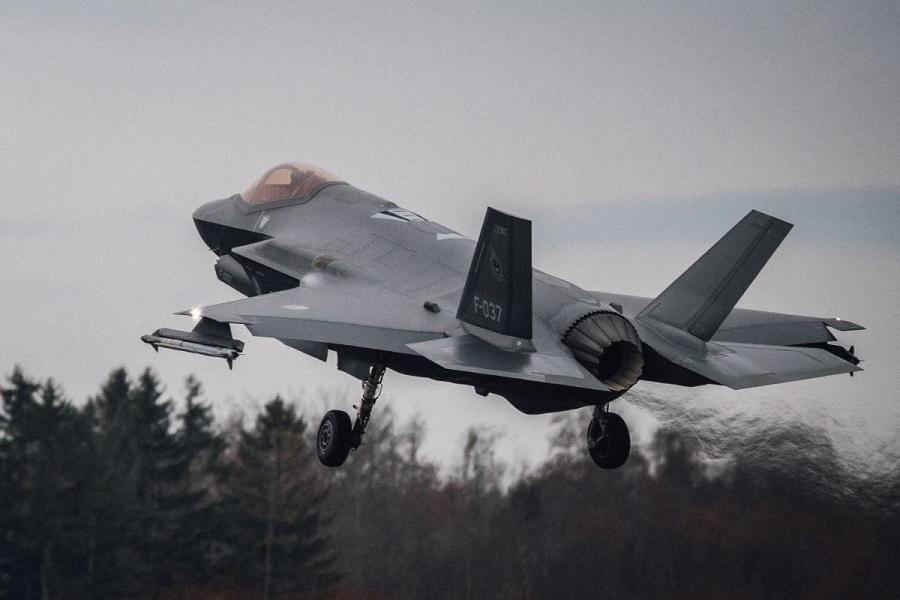The strategic European programs, such as long-range tactical airlift capability (increased mobility), intelligence, surveillance, targeting and reconnaissance (ISTAR/ISR) capability from both UAV and satellite systems, air-to-air refueling (AAR) capability and of course the development of network-centric systems (net-centric warfare) will assist the Union to conduct next generation operations (next gen warfare). The analysis of the results and the progress of the European PESCO defence cooperation programs appears incomplete and without significant details for developing strategic capabilities that will allow the EU to carry out essential defence activities without relying solely on Euro-Atlantic infrastructures and means.
Unmanned aerial vehicles (UAVs), also known as drones or RPAS (Remotely Piloted Aircraft Systems), have become an integral part of military operations in recent years. They have proven to be practical tools for surveillance, intelligence gathering, and precision strikes. The European defence industry has been actively developing UAV technology to keep up with global trends and demand but without fielding any operational system with proven capabilities.
The need for a European UAV
In recent years, the demand for UAVs has increased in the military, law enforcement, and civilian sectors. Many countries around the world have invested heavily in the development and procurement of UAVs. The United States, Israel, China, and Russia are some of the major players in the UAV market.
The European Union has also recognized the need for a European UAV. In 2013, the European Defence Agency (EDA) launched a study to identify the requirements for a European UAV. The study concluded that a European UAV would enhance European defence capabilities and reduce reliance on foreign suppliers for an extremely sensitive domain of military operations.
The European UAV project (Eurodrone) aims to develop a UAV that can operate in different environments, including civilian airspace, and perform various missions, such as surveillance, intelligence gathering, SIGINT/ELINT and precision strike. The project also aims to develop a cost-effective, reliable UAV incorporating cutting-edge technology that is easy to maintain and supports the European defence industries.
The Role of the European defence industry and the main challenges
The development of unmanned aerial vehicles (UAVs) has revolutionized the military and defence industry. UAVs provide unique advantages to military operations, including reconnaissance, surveillance, intelligence gathering, and target acquisition. The European defence industries are well-positioned to leverage their synergies in the field of UAVs, given the region’s technological expertise and innovation in the aerospace and defence sectors.
The European Union (EU) has recognized the importance of UAVs for military operations and has taken steps to foster collaboration and innovation in the field. In 2015, the EU launched the European Defence Fund (EDF) to promote defence cooperation and research among member states. The EDF has been instrumental in funding projects related to UAVs, including research and development of new technologies and the production of new UAVs.
The European defence industry has played a crucial role in developing a European UAV. The industry is made up of many companies, both large and small, that provide a range of products and services to the military and other customers. The synergies of the European defence industries in the field of UAVs can be attributed to the region’s technological expertise, strong industrial base, and collaborative approach to defence. The EU has several leading defence and aerospace companies, including Airbus, Dassault, Leonardo, Thales, Kongsberg, Diehl, Safran, and others with significant experience and expertise in developing and producing crucial aerospace, missile and defence systems. These companies have also been involved in several collaborative UAV projects, such as the European Medium Altitude Long Endurance Remotely Piloted Aircraft System (MALE RPAS) Eurodrone PESCO project.
The European UAV’s development has allowed the European defence industry to collaborate and pool its resources. The project has brought together companies from different countries and sectors, including aerospace, electronics, and software development. The Eurodrone project has also researched and developed new technologies essential for the European UAV. These technologies include advanced sensors, communication and navigation systems and modern fuel-efficient propulsion powertrain. The industry has also been developing new materials that can withstand the harsh environments the UAV may encounter and drastically reduce the total gross weight of the aircraft.
The development of a European UAV has not been without challenges and setbacks. One of the main challenges the European defence industry faces is the lack of a single market for defence products in Europe, with high demand and large orders. Each country has its regulations and procurement procedures, which can make it difficult for companies to sell their products and services across borders, even in a common European defence market.
Another challenge is the competition from other countries, particularly the United States and Israel, which are leaders in the UAV market and have already infiltrated the European defence market. US and Israel have well-established defence industries, developing UAV technology for many years and have already secured many contracts worldwide, dominating the military UAV market. France, Italy, Spain, the Netherlands and Poland have already purchased the US-made MQ-9 Reaper UAV and Germany, Greece and Romania have acquired Israeli-made UAVs (Heron and Watchkeeper). Even Frontex (the European Border and Coast Guard Agency) has signed two contracts each worth €50 million for the supply of unmanned drones: one joint contract with European aeronautics and defence conglomerate Airbus and state-owned Israel Aerospace Industries (IAI), as well as one contract with Elbit Systems, a private Israeli electronics company.
Furthermore, developing a European UAV requires a significant investment in research and development (R&D). The European defence industry faces tough competition with other industries, such as automotive, telecommunication, pharmaceutical and digitalization for EU research funds.
The Eurodrone PESCO project and the benefits of a European UAV
The Eurodrone PESCO project is a joint initiative between France, Germany, Italy, Spain and Czechia to develop and produce a new generation of UAV. The Eurodrone project aims to create a cutting-edge UAV system that can support a wide range of military missions and contribute to the EU’s strategic autonomy. As stated in the official project site: “The project focuses on common elements in dedicated areas (e.g. operational testing & evaluation, logistics, training, exercises) of a newly developed, operationally relevant, affordable and sovereign European military capability for the next-generation of MALE RPAS, providing, by 2030, enhanced overall value compared to existing systems”.
A consortium of European defence companies, including Airbus Defence and Space, Dassault Aviation, and Leonardo is leading the Eurodrone PESCO project. The project was launched in 2019 and has since progressed to the development stage. The Eurodrone is expected to be a medium-altitude, long-endurance (MALE) UAV that can operate in complex environments and support a range of military missions, including intelligence. surveillance, reconnaissance, and target acquisition (ISR/ISTAR).
The Eurodrone project is an excellent example of the EU’s efforts to promote defence cooperation and innovation among member states. The project is being funded by the European Defence Fund (EDF), launched in 2017 to support defence cooperation and technological research among member states. The EDF has allocated €100 million for the Eurodrone project, which will be used to fund research and development and the production of the first prototypes.
The Eurodrone project has several key objectives. First, it aims to create a UAV system that can operate in complex environments and provide real-time situational awareness to military commanders. The Eurodrone will be equipped with advanced sensors and communication systems that can support a range of military and civilian missions in intelligence gathering. Second, the Eurodrone project aims to contribute to the EU’s strategic autonomy by reducing the bloc’s reliance on non-European defence technologies and contractors. The Eurodrone will be developed and produced by a consortium of European defence companies, which will help to promote the region’s technological expertise and innovation in the defence sector. Third, the Eurodrone project aims to promote greater defence cooperation among EU member states by encouraging them to work together on a joint project. This initiative can help to ensure that the EU remains a leading player in the global defence market. Member states can pool their resources and expertise, which can lead to cost reduction and the development of more advanced and innovative defence technologies.
The Eurodrone project has faced several challenges since its launch. One of the main challenges has been effectively coordinating the efforts of the consortium of defence companies involved in the project and avoiding the complicated bureaucracy that plundered the Eurofighter program in the past. Nevertheless, the slow development of the Eurodrone and the schedule shift regarding the construction of a fully operational prototype for further testing and evaluation shows that even more difficulties have been identified.
The development of a European UAV has several benefits for the European defence industry and the EU as a whole. One of the main benefits is the enhancement of European defence capabilities and the relative reduction of reliance on non-EU suppliers. The subsequent development of a European UAV will also create new jobs with high specialization and stimulate economic growth in the EU. Collaboration among European defence companies can lead to greater efficiency in developing and producing UAVs. By working together, companies can reduce duplication of effort and streamline the development and production process. This can lead to faster development timelines and lower costs, benefiting both companies and military customers. Participating in joint projects, European defence companies and countries can build stronger relationships and trust, which can be critical in promoting broader defence cooperation.
Moreover, a European UAV will give the EU greater autonomy and control over its defence and enable the EU to participate in international peacekeeping and humanitarian missions more effectively, quickly and without asking for essential NATO assistance.
In addition, a European UAV will create new opportunities for companies to collaborate and share their expertise and know-how. This can help companies to stay competitive in the global defence market and provide cutting-edge solutions to military customers. It will also encourage innovation and the development of new technologies, enabling European technological academic institutions and promoting scientific breakthroughs.
Conclusion
EU has already recognized the importance of UAVs for military operations and has taken steps to foster collaboration and innovation in the field through the European Defence Fund (EDF) and the European Defence Agency (EDA). The main goal is to promote defence cooperation and research among member states and funding projects related to UAVs, including research and development of new technologies and the production of new UAVs with increased capabilities and competitiveness in the modern operational environment.
Developing a European UAV is a significant project that will enhance European defence capabilities and reduce dependence on foreign suppliers. The European defence industry plays a crucial role in the Eurodrone project and the general impact will affect its future.
In conclusion, the European defence industries are well-positioned to leverage their synergies in the field of UAVs, given the region’s technological expertise and innovation in the aerospace and defence sectors. What is needed is a common vision, ambition and willingness to surpass any past anchorages and establish a meaningful and creative European defence collaboration to produce a mission-capable European strategic UAV.
About the author:

Dimitrios Kalogiannis
Captain, Hellenic Air Force (HAF)
RPAS Pilot/Mission Commander (MC) at 390 UAV Sqn “Acheron”
MA in Governance, Development and Security in the Mediterranean
MA in International and European Relations
PhD Candidate





